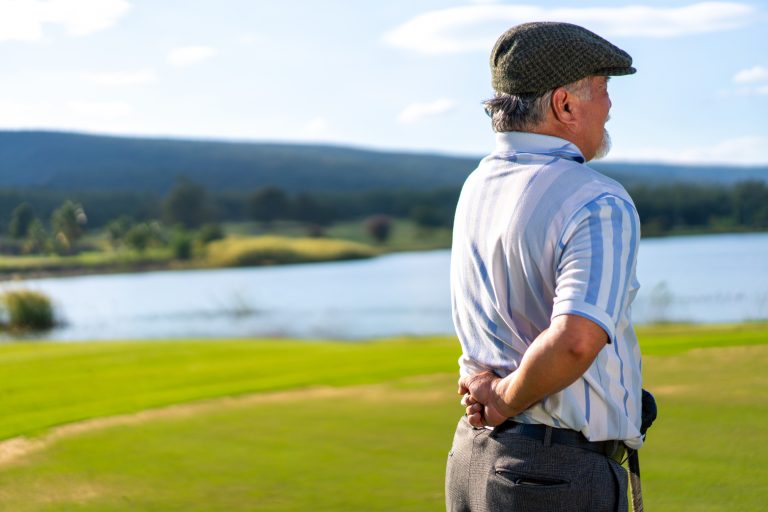After your bulging dis surgery is complete, you might be anxious to get back into your daily routine. For many people, this includes heading back to the golf course. After all, one of the reasons many people schedule surgery to address a bulging disc is so that they can once again enjoy the things they love without pain interfering. However, before you make your first tee time, it’s important that you make sure you are being cautious and smart. Below are six general tips to keep in mind leading up to and during your first rounds of golf after surgery.
Bulging Disc Post-Surgery Tips
This list is by no means comprehensive but it gives you a general idea of the things you should be considering after your bulging disc surgery and before returning to the golf course:
1. Follow Instructions
This is important. After surgery, you will be given very clear instructions about what you should and should not do after the operation. Follow these instructions to the letter. Even if you think you are feeling healthy enough to golf, you may not have healed all the way. The last thing you’d want to do is slow your recovery or make things worse.
2. Start Slowly
Before making a tee time for 18 holes, you might want to start by hitting a bucket of range balls. See how it feels. Bulging discs can worsen even after surgery if you aren’t careful. From there, head to a cheap course in town where you won’t feel bad if you quit after a couple of holes. As time goes on, you can slowly build back up to your normal golfing habits.
3. Ride a Golf Cart
If you’re good at golf, you still want to be careful not to overdo it, so many physicians recommend using a gold cart. While walking is great exercise, carrying a heavy golf bag can strain the spine and be problematic as your body heals.
4. Avoid Bending as Much as Possible
Repetitive bending can aggravate the spine which can cause bulging disc symptoms so anything that you can do to avoid bending over the ground is preferable. Invest in a ball retriever and you might even consider asking someone to tee your ball up for you in the early stages.
5. Limit Practice Strokes
One great way to reduce the strain of a round of golf is to not overdo it with practice swings. If you shoot 100 over 18 holes and take three practice swings before each shot, you are looking at 400 swings of the club. Not only is this unnecessary, it really strains the spine which can lead to a recurrence of bulging disc symptoms.
6. Be Smart About your Surroundings
Golf injuries often happen away from the tee box, fairway, and green. You should always be aware of your surroundings, but if there’s a chance that your ball is rested up against a root or rock, improve your lie. There’s no sense in risking injury needlessly, especially after bulging disc surgery.
Speak with Your Physician to Learn More
At BEST Health System, we are mindful that many of our patients enjoy golf and want to return to the course following bulging disc surgery. With our minimally invasive outpatient procedures, the recovery and rehabilitation period is shorter compared to open spine surgery, which could potentially mean less downtime away from the course. In addition, BEST has begun to offer physical therapy options. These include dry needling and soft tissue mobilization.
To learn more about the procedures and determine if you are a candidate, contact us today!
